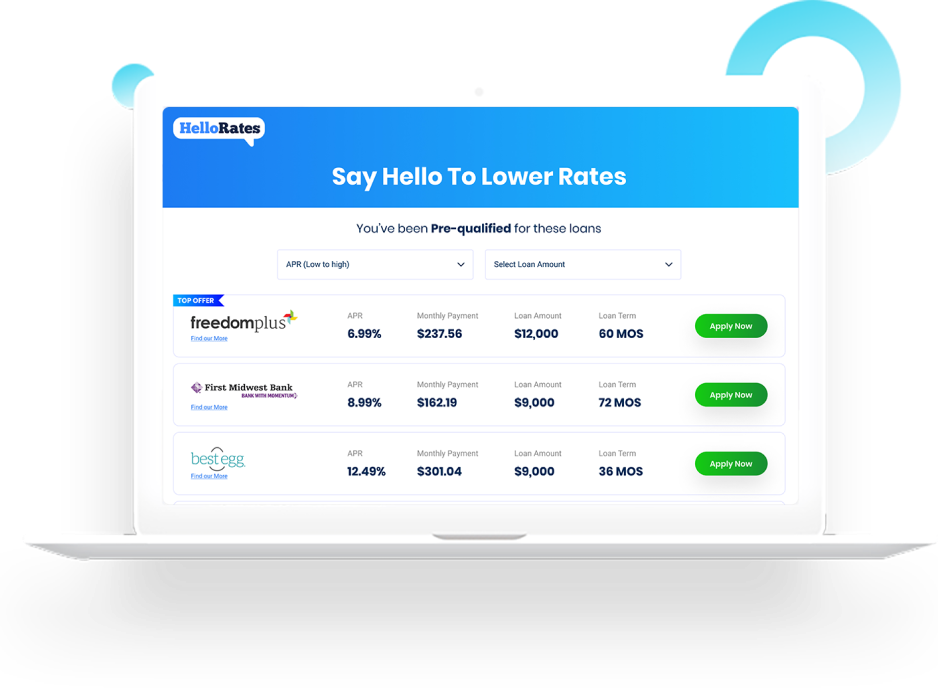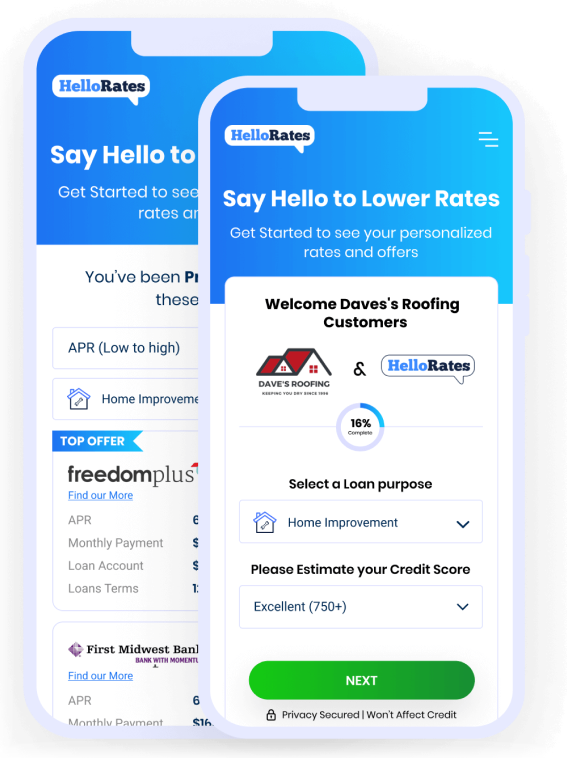Historic buildings are an integral part of our cultural heritage, representing the rich history and architectural prowess of our ancestors. However, the preservation and maintenance of these structures often require significant financial resources. This is where Historic Building Conservation Financing comes into play, offering a viable solution for individuals looking to restore and conserve these valuable assets. Personal loans, in particular, have emerged as a popular financing option due to their flexibility and accessibility.
One of the key advantages of using personal loans for historic building conservation is the ease of obtaining funds. Unlike traditional loans that may require extensive paperwork and collateral, personal loans are typically unsecured, meaning no assets need to be pledged as security. This makes the application process simpler and faster, allowing individuals to secure the necessary funds promptly. Moreover, personal loans are available from various financial institutions, including banks, credit unions, and online lenders, providing borrowers with a wide range of options to choose from.
Another significant advantage of personal loans for historic building conservation is the flexibility they offer. These loans can be used for a variety of purposes related to the preservation and restoration of historic buildings, such as structural repairs, roof replacement, facade restoration, and interior refurbishment. This flexibility allows borrowers to address specific conservation needs and tailor the loan to their unique requirements. Additionally, personal loans often come with flexible repayment terms, enabling borrowers to choose a repayment schedule that aligns with their financial capabilities.
Personal loans also provide borrowers with the advantage of fixed interest rates. Unlike credit cards or lines of credit, personal loans typically come with fixed interest rates that remain constant throughout the loan term. This stability allows borrowers to plan their finances effectively, as they know exactly how much they need to repay each month. Furthermore, fixed interest rates protect borrowers from potential increases in interest rates, providing them with peace of mind and financial security.
Moreover, personal loans for historic building conservation can be a cost-effective financing option. While interest rates may vary depending on the borrower’s creditworthiness and the lender’s terms, personal loans often offer competitive rates compared to other forms of financing, such as credit cards or home equity loans. By choosing a personal loan with a lower interest rate, borrowers can save a significant amount of money over the loan term, making it an attractive option for those looking to conserve historic buildings on a budget.
In addition to the financial advantages, personal loans for historic building conservation also have positive implications for the community and the economy. Preserving and restoring historic buildings not only enhances the aesthetic appeal of a neighborhood but also contributes to its cultural and historical significance. These restored buildings can attract tourists, boost local businesses, and create employment opportunities in the construction and tourism sectors. By financing historic building conservation through personal loans, individuals are actively participating in the revitalization of their communities and supporting sustainable economic growth.
In conclusion, personal loans offer numerous advantages for financing historic building conservation. Their ease of obtaining funds, flexibility in usage, fixed interest rates, cost-effectiveness, and positive impact on communities make them an ideal choice for individuals seeking to preserve and restore our valuable cultural heritage. By utilizing personal loans, individuals can contribute to the conservation of historic buildings, ensuring that future generations can appreciate and learn from our past.




